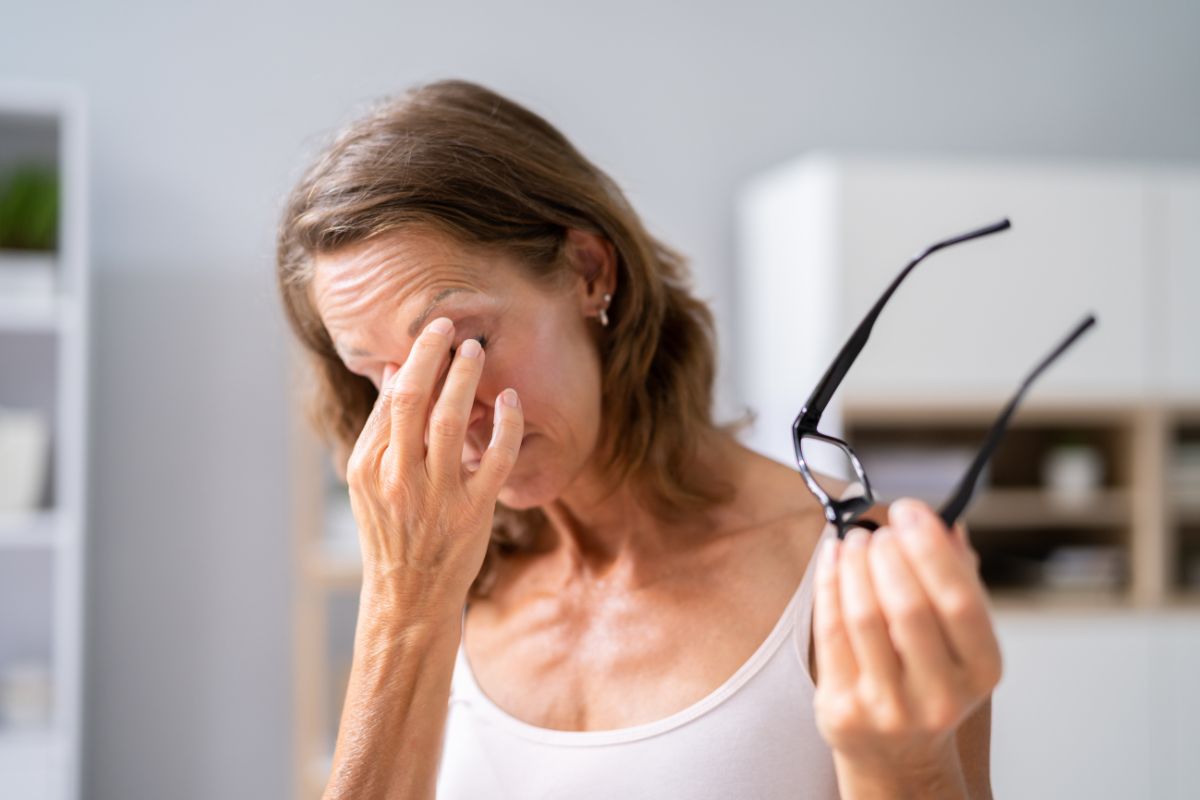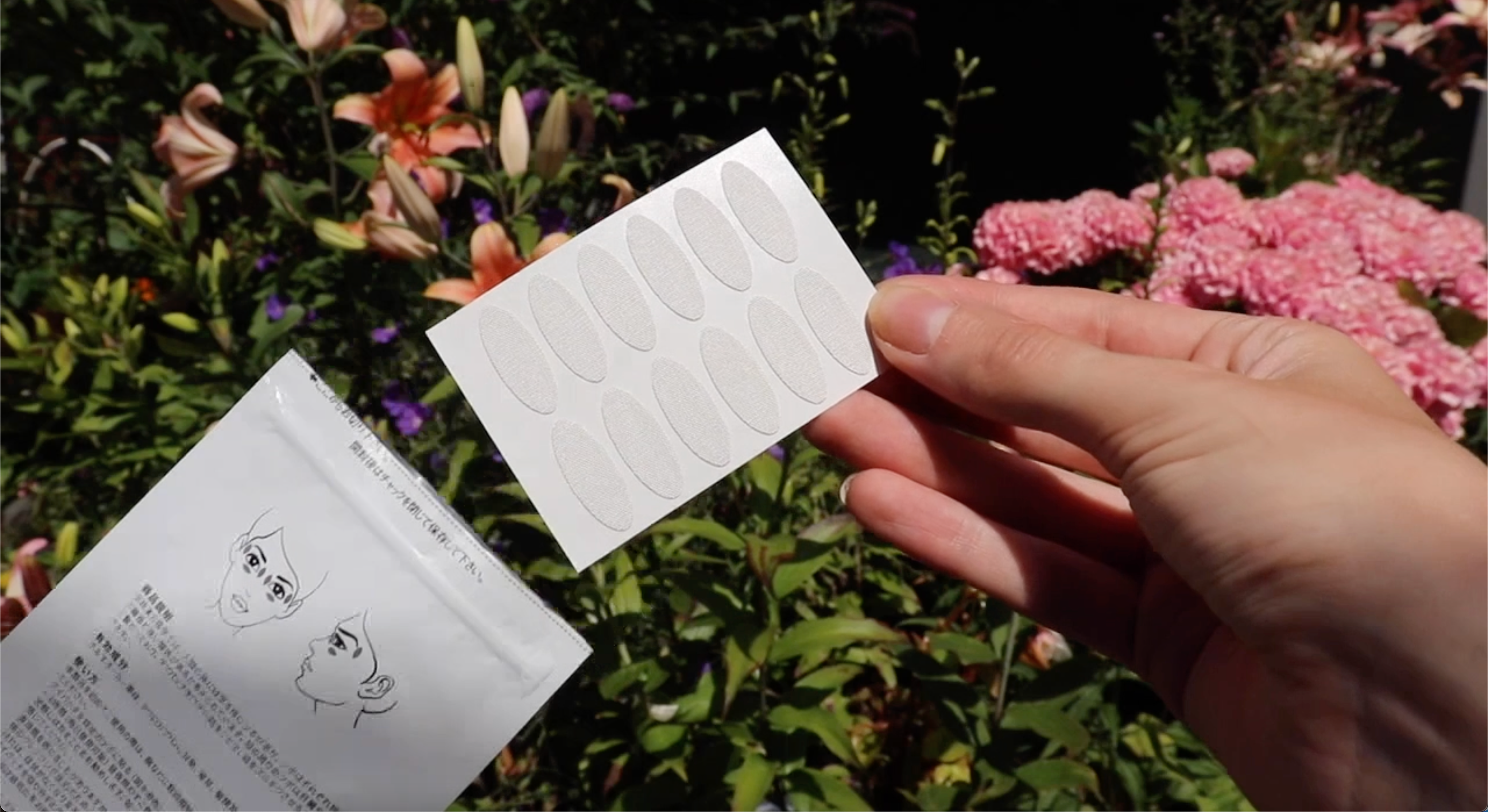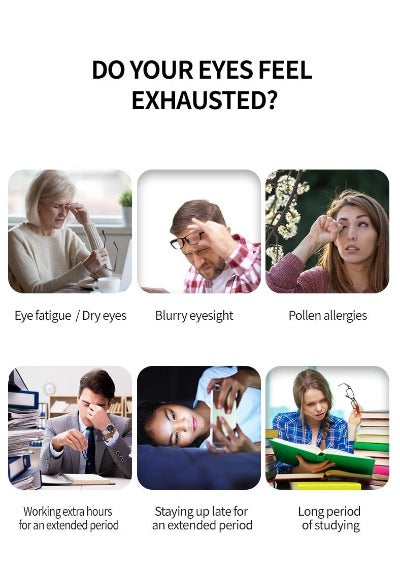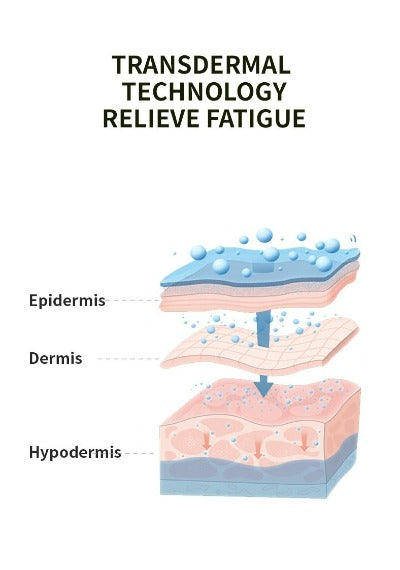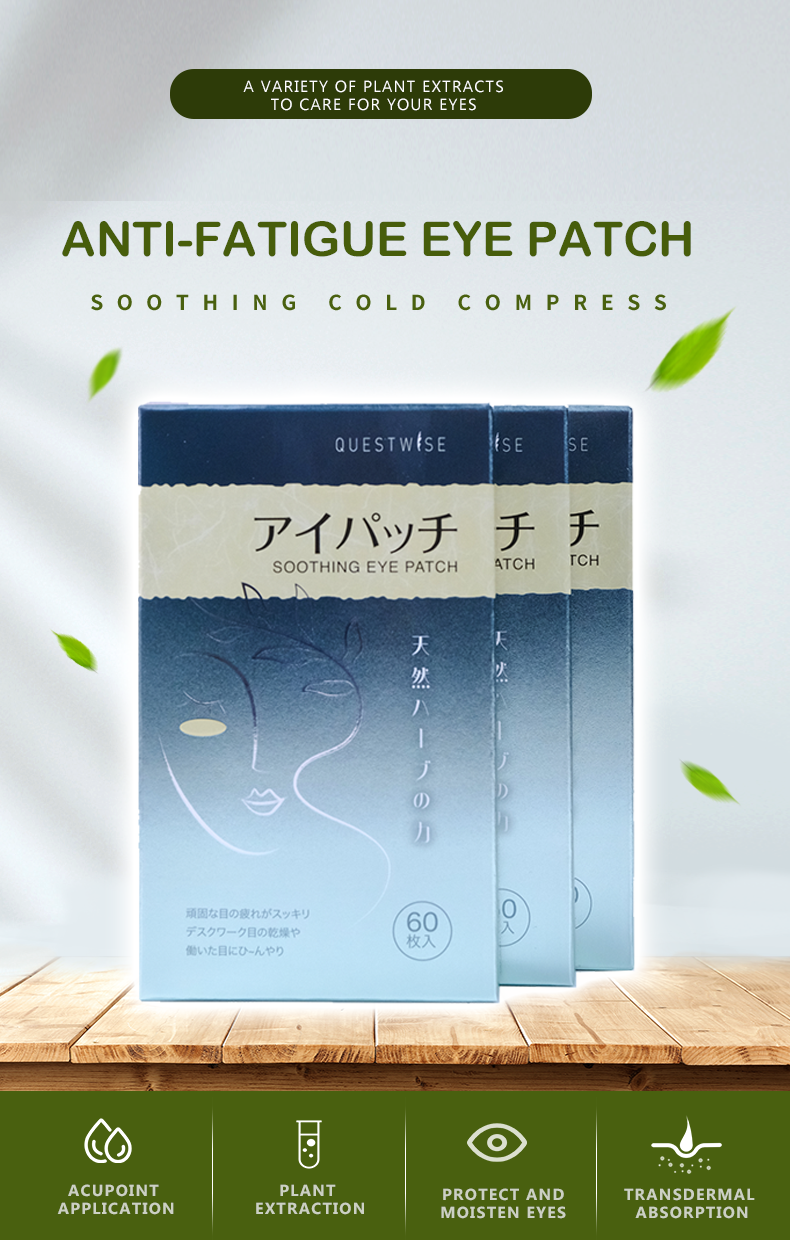Understanding the Significance of Eye Redness
In today's fast-paced world, characterized by prolonged screen time, environmental stressors, and demanding lifestyles, eye redness, or hyperemia, has become an increasingly common complaint. Often dismissed as a minor inconvenience, eye redness can, in fact, serve as a significant warning sign of underlying health issues, ranging from simple irritations to serious medical conditions. This comprehensive guide will explore the diverse causes of eye redness, emphasizing when to seek professional medical help and how to effectively manage minor discomfort. We'll explore the nuances of eye health in 2025, considering the impact of modern technology and environmental factors on our ocular well-being.
The Spectrum of Eye Redness Causes: From Mild to Serious
Before delving into the serious implications of persistent eye redness, let's examine the common, relatively benign causes that often contribute to this symptom. These typically include:
- Allergic Reactions: Exposure to various allergens, including pollen, pet dander, dust mites, and certain food products, can trigger an inflammatory response in the eyes, resulting in itching, redness, tearing, and discomfort. These allergic reactions often present with additional symptoms like sneezing, nasal congestion, and skin rashes.
- Dry Eye Syndrome: Dry eye syndrome is a prevalent condition characterized by insufficient tear production or poor tear quality. This leads to dryness, irritation, burning, and redness, often exacerbated by environmental factors such as air conditioning, heating systems, and extended screen use. The prevalence of digital eye strain in 2025 necessitates a heightened awareness of this condition.
- Digital Eye Strain: Prolonged use of digital devices – computers, smartphones, tablets – contributes to digital eye strain, leading to eye fatigue, redness, blurred vision, headaches, and neck pain. The blue light emitted from screens can further exacerbate these symptoms.
- Conjunctivitis (Pink Eye): This highly contagious infection of the conjunctiva, the membrane lining the inside of the eyelids and covering the white part of the eye, presents with redness, swelling, itching, and a discharge that can be watery or thick and pus-like. Different types of conjunctivitis exist, some viral, some bacterial, and others allergic.
- Irritant-Induced Redness: Exposure to irritants such as smoke, pollutants, chlorine, and certain chemicals can directly inflame the eyes, causing redness, burning, and stinging sensations. Proper eye protection is crucial in such environments.
- Blepharitis: Inflammation of the eyelids, often involving the eyelash follicles (eyelids). Blepharitis causes redness, itching, burning sensations, and sometimes crusting around the lashes. It can be caused by bacterial infections, allergies, or simply inadequate eyelid hygiene.
- Lack of Sleep and Dehydration: Insufficient rest and inadequate hydration can contribute to eye strain and dryness, indirectly leading to redness and discomfort.
While these issues often resolve with rest, simple home remedies, or over-the-counter treatments, it is imperative to recognize when eye redness transcends these benign causes and signals a more serious underlying medical condition.
When Eye Redness Warrants Immediate Medical Attention
Although many instances of eye redness are relatively innocuous, certain accompanying symptoms demand immediate medical attention. If you experience persistent eye redness alongside any of the following, do not hesitate to consult your ophthalmologist or primary care physician:
- Severe Pain or Discomfort: Intense pain in the eye is a significant red flag that could indicate a serious infection, injury, or other critical condition.
- Significant Vision Impairment: Sudden changes in vision, such as blurred vision, double vision, or loss of visual acuity, alongside eye redness, necessitate immediate medical evaluation.
- Excessive Tearing: Continuous and excessive tearing, often accompanied by redness, could indicate a serious eye problem.
- Photosensitivity (Photophobia): Increased sensitivity to light, often accompanied by headaches and discomfort in bright environments, can be a symptom of various eye conditions requiring professional assessment.
- Purulent Discharge: A thick, yellowish-green, or pus-like discharge from the eye is a clear sign of infection and requires prompt medical attention to prevent further complications.
- Prolonged Redness (More Than a Week): Eye redness that persists despite home remedies or lasts for more than a week demands immediate professional evaluation.
- Sudden Onset of Redness: If eye redness appears suddenly without any apparent cause, seek medical advice immediately.
Delaying treatment for serious eye conditions can lead to irreversible vision loss. Early detection and prompt medical intervention are crucial in minimizing potential long-term consequences.
Soothing Relief for Minor Eye Discomfort: Introducing Wise Quest Soothing Eye Patches
For individuals experiencing minor eye discomfort, such as mild eye fatigue, dryness, or mild redness caused by factors like prolonged screen time, insufficient sleep, or environmental irritants, Wise Quest Soothing Eye Patches offer a gentle and effective solution. These innovative patches harness the power of traditional Chinese herbal medicine to provide soothing relief and promote overall eye well-being. The unique blend of natural ingredients helps alleviate eye fatigue, dryness, astringency, and mild redness, supporting healthy blood circulation and reducing discomfort.

Designed for ease of use, these patches provide a soothing, cooling sensation upon application, helping to relax tired eyes and promote a sense of calm. While Wise Quest Soothing Eye Patches offer a natural and effective way to address minor eye discomfort, they are not intended to treat or cure serious medical conditions. Always consult a healthcare professional if your eye redness persists, worsens, or is accompanied by additional symptoms.
Maintaining Optimal Eye Health in 2025: A Holistic Approach
In 2025, maintaining optimal eye health requires a proactive and holistic approach, encompassing lifestyle adjustments, preventative measures, and regular professional check-ups. Consider incorporating these strategies into your daily routine:
- The 20-20-20 Rule: Every 20 minutes, take a 20-second break from your screen and focus on an object 20 feet away to reduce digital eye strain.
- Hydration: Maintain adequate hydration by drinking plenty of water throughout the day to keep your eyes lubricated and prevent dryness.
- Nutritional Support: Include antioxidant-rich foods (like blueberries, spinach, and kale) and omega-3 fatty acids (found in fatty fish, flaxseeds, and walnuts) in your diet to support eye health.
- Regular Comprehensive Eye Exams: Schedule regular eye exams with your ophthalmologist for early detection and treatment of potential eye conditions.
- UV Protection: Always wear sunglasses with UV protection when outdoors to shield your eyes from harmful UV radiation.
- Eyelid Hygiene: Practice good eyelid hygiene to prevent blepharitis and other eyelid conditions. Gently cleanse your eyelids daily with warm water and a soft cloth.
- Environmental Awareness: Be mindful of environmental factors that can irritate your eyes, such as smoke, dust, and pollutants. Use appropriate eye protection when necessary.
By integrating these preventative strategies into your life, you can contribute significantly to long-term eye health and well-being.
Conclusion: Prioritizing Your Vision
Eye redness is a common symptom with a wide range of potential causes, from minor irritations to serious medical conditions. While mild cases often resolve spontaneously or with simple home remedies, persistent or worsening redness, especially when accompanied by additional symptoms, warrants immediate medical attention. Do not underestimate the importance of prompt diagnosis and appropriate treatment. Early intervention can significantly reduce the risk of irreversible vision loss and ensure the preservation of your valuable eyesight. Remember that prioritizing your eye health is an investment in your overall well-being and quality of life.

